Welcome to the Research and Strategy Services at in today's fast-paced.
Black Friday EXTENDED! - Use code BF2025 for 50% off
Black Friday EXTENDED! - Use code BF2025 for 50% off
Black Friday EXTENDED! - Use code BF2025 for 50% off
Black Friday EXTENDED! - Use code BF2025 for 50% off
Black Friday Sale - Use code BF2025 for 50% off
Black Friday Sale - Use code BF2025 for 50% off
Black Friday Sale - Use code BF2025 for 50% off
Black Friday Sale - Use code BF2025 for 50% off
Black Friday Sale - Use code BF2025 for 50% off
Black Friday Sale - Use code BF2025 for 50% off
Black Friday Sale - Use code BF2025 for 50% off
Black Friday Sale - Use code BF2025 for 50% off
Black Friday Sale - Use code BF2025 for 50% off
Black Friday Sale - Use code BF2025 for 50% off
Black Friday Sale - Use code BF2025 for 50% off
Black Friday Sale - Use code BF2025 for 50% off

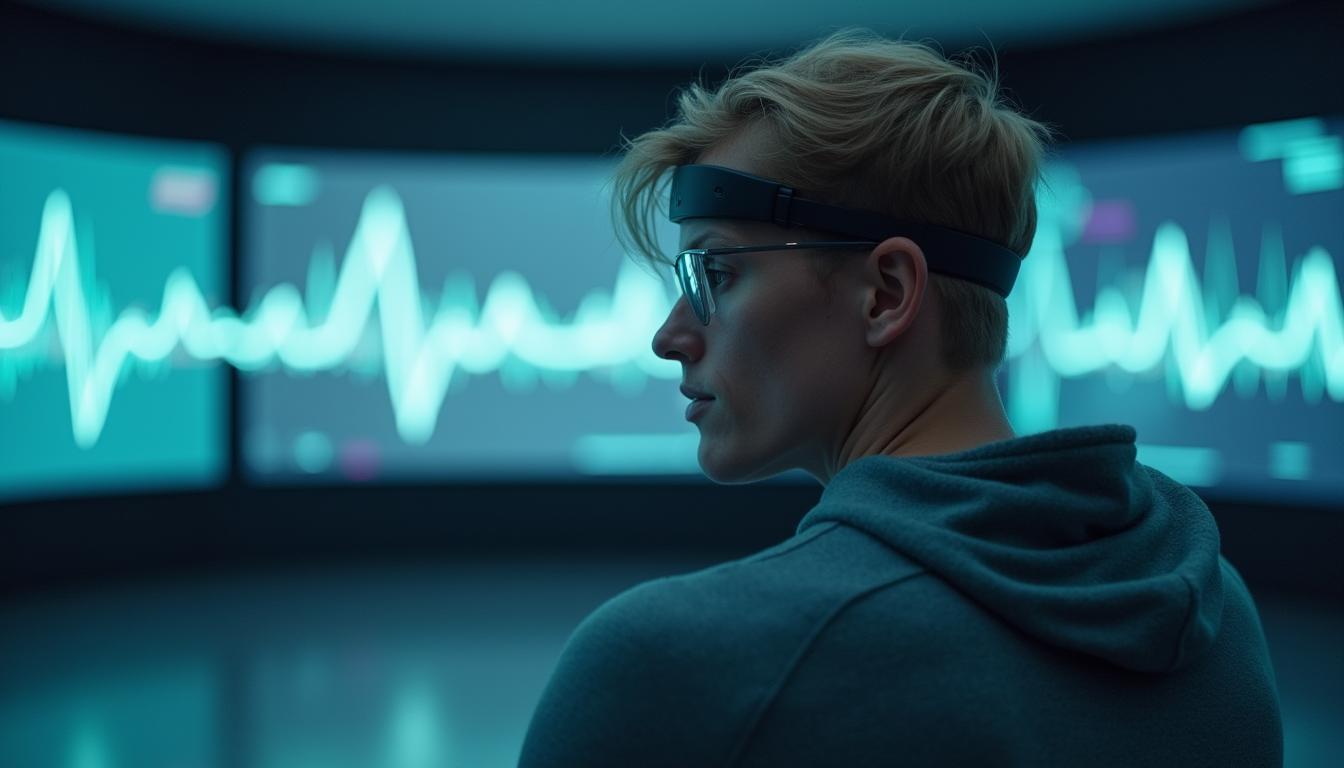
EEG (electroencephalography) training — often called neurofeedback — measures brainwave activity and gives real-time feedback to help users self-regulate focus, relaxation, and arousal levels.
For athletes, this can mean:
While EEG was once limited to laboratories, new portable systems now bring brain-state training to gyms, clinics, and home environments.
Below are five of the most recognized EEG devices currently used across sports, wellness, and cognitive performance programs.
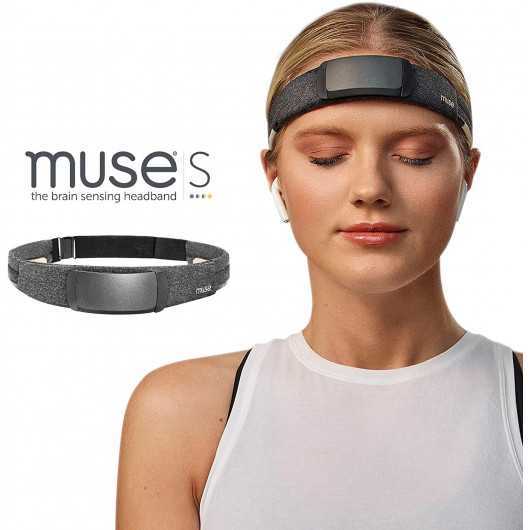
What It Is
Muse S is a popular consumer-grade EEG headband offering meditation, focus, and sleep training through real-time brainwave and heart-rate biofeedback.
Why It’s Used in Sports
Athletes and teams use Muse for mindfulness and recovery — particularly to build pre-performance calm and sustained focus. It’s portable, easy to use, and ideal for daily routines.
Pros
Cons
Scores (1–10)
👉 Learn more: Muse S
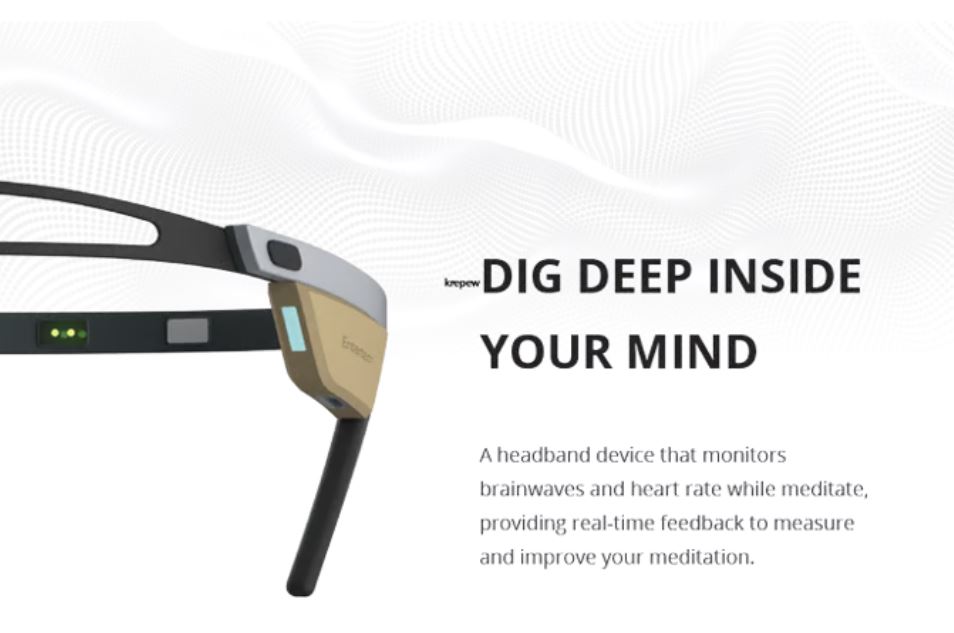
What It Is
Flowtime is a lightweight EEG headset that combines neurofeedback, heart-rate variability, and respiration tracking for real-time mental-state awareness.
Why It’s Used in Sports
It allows athletes and coaches to track mental load, relaxation, and focus trends over time — useful for monitoring burnout or pre-competition stress.
Pros
Cons
Scores (1–10)
👉 Learn more: Flowtime Headband
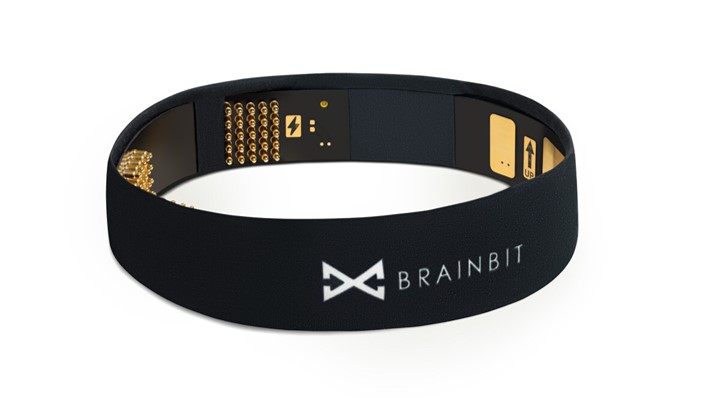
What It Is
BrainBit is a 4-channel EEG device designed for cognitive performance monitoring, neurofeedback, and research-grade signal quality.
Why It’s Used in Sports
BrainBit offers open-access EEG data for professionals and researchers — ideal for sports vision, reaction, and focus studies. It bridges the gap between consumer and clinical systems.
Pros
Cons
Scores (1–10)
👉 Learn more: BrainBit EEG Headband
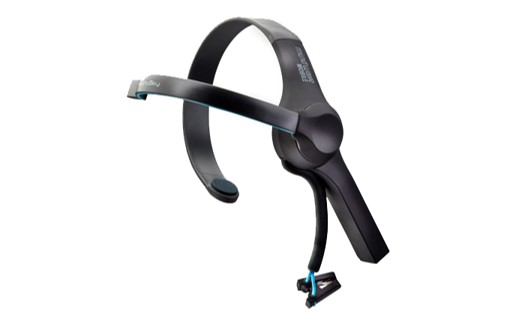
What It Is
NeuroSky MindWave is one of the earliest affordable EEG devices, offering single-channel neurofeedback for focus and relaxation training.
Why It’s Used in Sports
Though entry-level, MindWave remains popular in esports, academic research, and youth focus programs. It’s ideal for introducing mental-state awareness training without large investments.
Pros
Cons
Scores (1–10)
👉 Learn more: NeuroSky MindWave
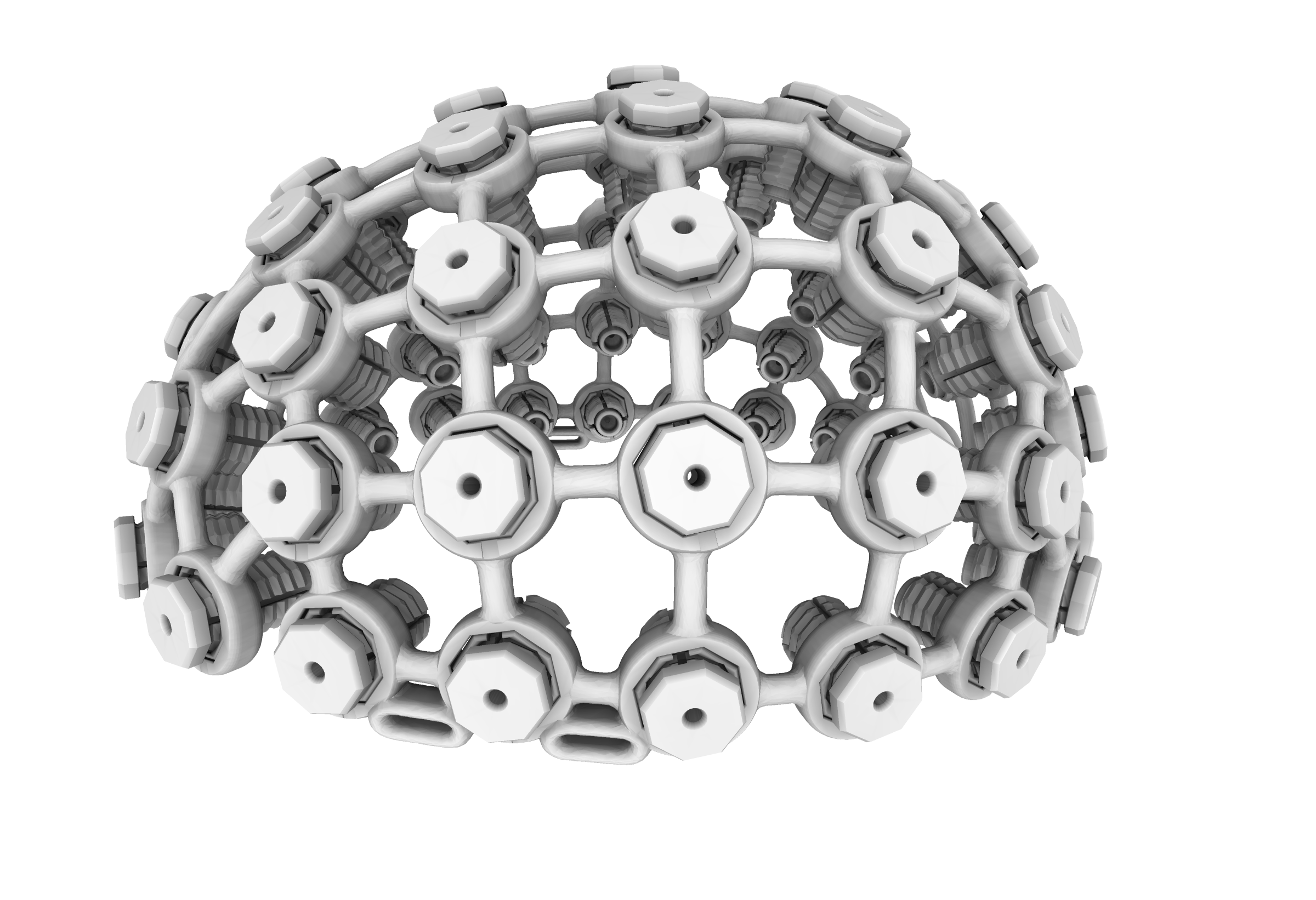
What It Is
OpenBCI develops open-source EEG headsets such as the Ultracortex and Galea — integrating EEG, EMG, EDA, and eye-tracking for advanced neurotech applications.
Why It’s Used in Sports and Research
These systems are increasingly used by human-performance labs, universities, and advanced coaches exploring brain-body integration. They provide complete access to raw data, ideal for developing custom biofeedback programs.
Pros
Cons
Scores (1–10)
👉 Learn more: OpenBCI
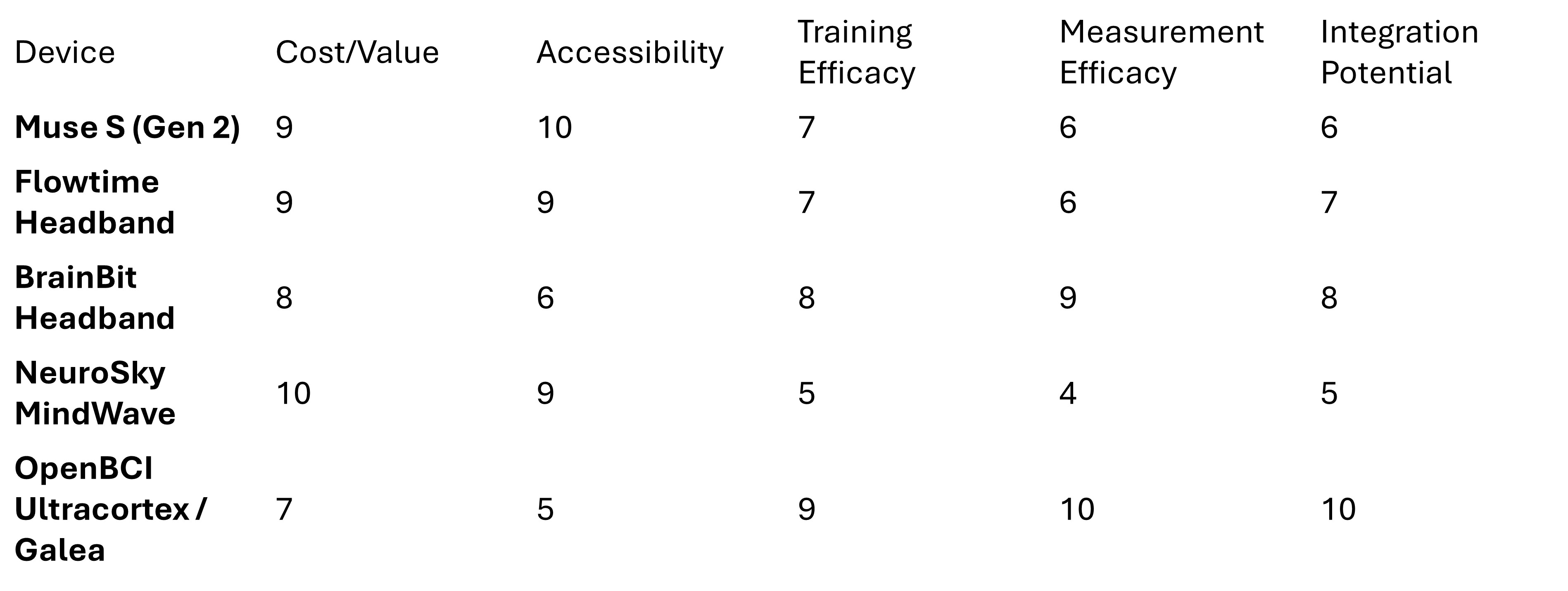
For performance centers, pairing EEG tools with cognitive training platforms like NeuroTracker provides a complete solution for mental readiness and focus under pressure.
Q: Can EEG training improve sports performance?
A: Yes — neurofeedback can enhance focus, self-regulation, and recovery, especially when integrated into broader performance routines.
Q: Are EEG devices safe for daily use?
A: All listed devices are non-invasive and safe; they measure brain activity without electrical stimulation.
Q: Do these systems require professional setup?
A: Consumer models (Muse, Flowtime, MindWave) are plug-and-play, while BrainBit and OpenBCI require technical understanding or professional supervision.
Q: Can EEG data integrate with other training platforms?
A: BrainBit and OpenBCI offer open APIs and SDKs for integration with biofeedback, VR, and cognitive training tools.

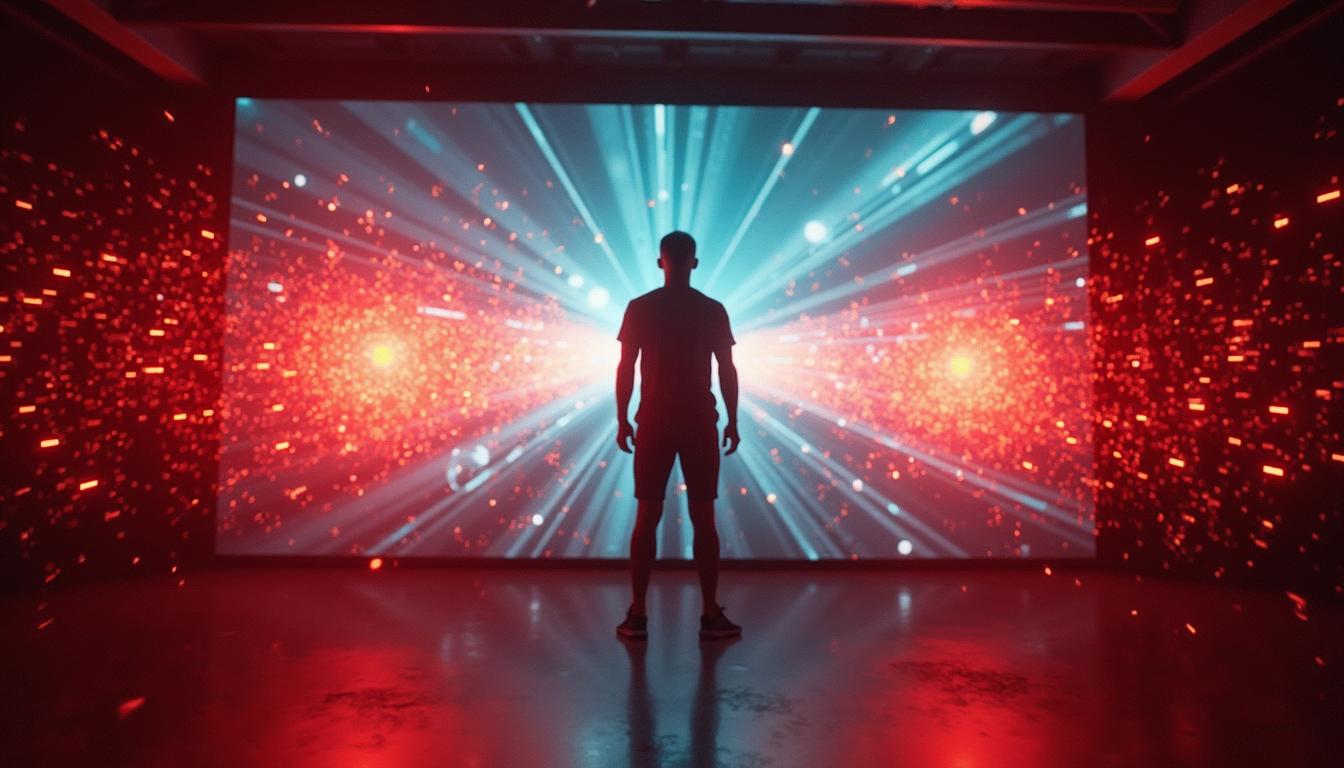




Welcome to the Research and Strategy Services at in today's fast-paced.

Explore five leading technologies used to support functional return to peak performance after concussion recovery — including Korebalance, Dynavision D2, NeuroTrackerX, Senaptec, and Sportreact.

Learn how NeuroTrackerX provides sensitive, sport-relevant cognitive-performance metrics to support functional return-to-peak-performance after concussion recovery.

Compare the leading eye-tracking systems - Tobii, Pupil Labs, RightEye, EyeGuide, and Smart Eye.
.png)